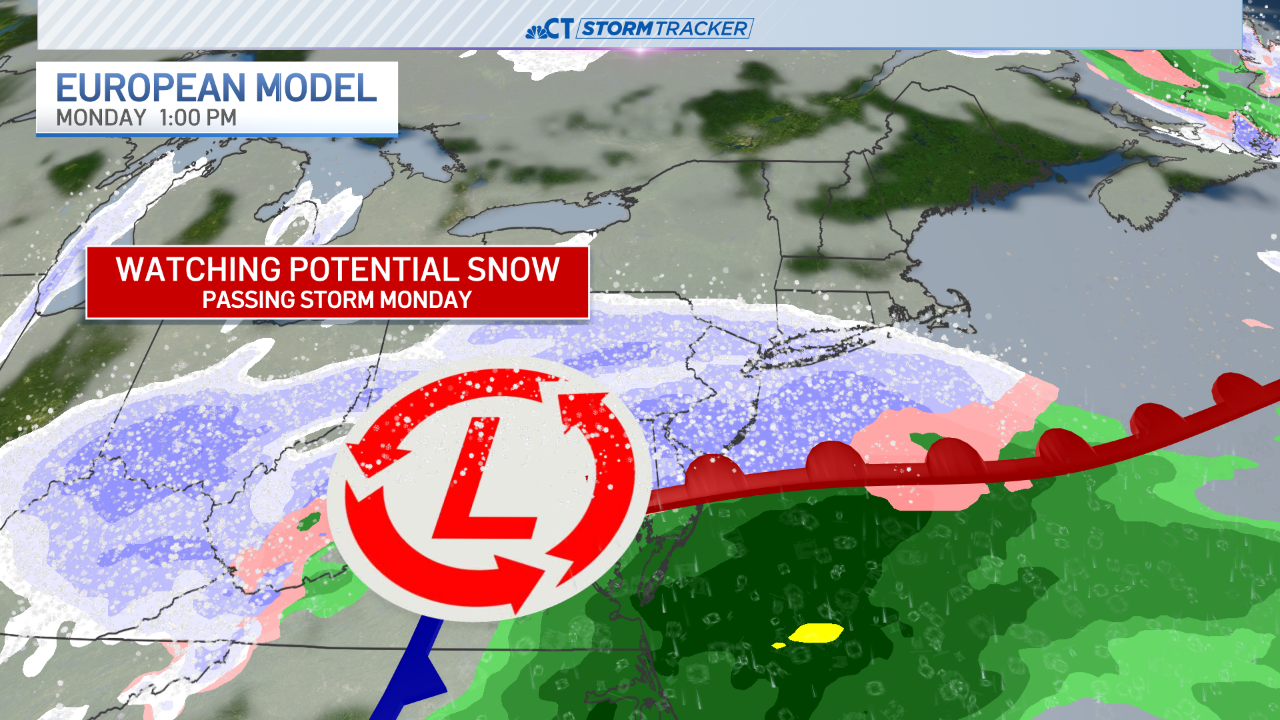Frightening images out of California amid the Oroville Dam crisis has Connecticut officials reassuring the public that our dam system is in good condition and that the state is at low-risk for that type of scenario.
Nearly 200,000 people were forced to evacuate their homes after the Oroville Dam approached capacity and the spillway designed to deal with that developed a 200-foot sinkhole. Now, to prevent an even bigger catastrophe, officials are releasing water at a rate of nearly 750,000 gallons a second, which is more water than an Olympic size swimming pool.
Those people have now been allowed back to their homes, but have been warned they could be evacuated again.
According to Jennifer Perry, from Connecticut’s Department of Energy and Environmental Protection, "Connecticut has nothing of that scale. We're talking about orders of magnitude smaller than what's out there."
"We believe our dams are in good condition. We know what the condition of those dams are. We are able to direct where the resources need to go in order to keep those dams in good condition," she added.
There are 4,500 dams in Connecticut, all regulated by the state. But following state legislation in 2013, all of those dams are now required to be inspected on a regular schedule and assessed a hazard level.
"About 550 of them are considered to be a higher significant hazard, which means if the dam were to fail, then there is a potential for loss of life downstream," Perry said.
Local
That's concerning to those who live and work downstream in areas throughout the state, like near the Rainbow Dam in Windsor.
"It's concerning because it really can affect us downstream here. It's a lot of water that can be released all at once if there is any kind of catastrophic failure," said Donald Trinks, owner of Bart's Drive In in Windsor.
While Perry said the state isn’t in danger of an Oroville situation, we could be in jeopardy if Connecticut doesn’t keep up with our dam infrastructure.
"Knowing that there is an enormous need for an investment in our own infrastructure to keep people safe, yeah it can make it tough to sleep sometimes," she said.



